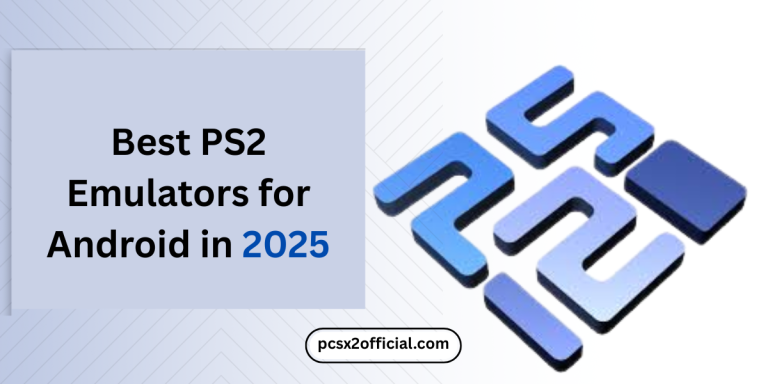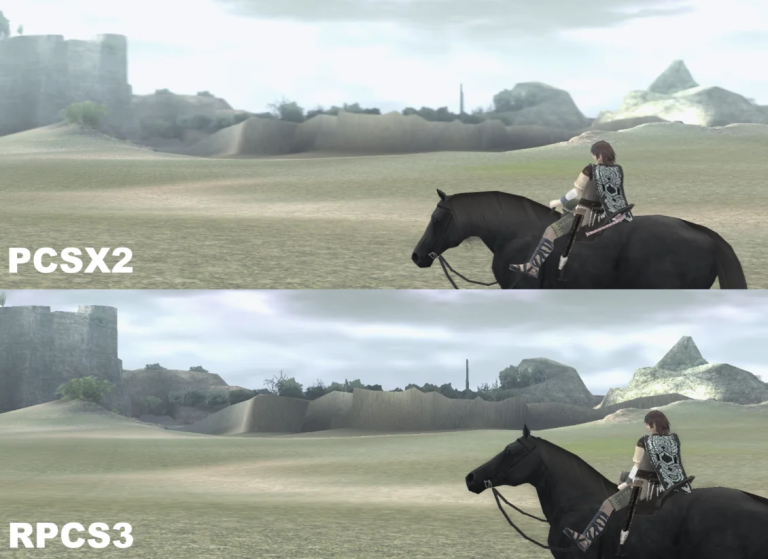The PS2’s Influence on Modern Game Design Through Emulation
When the PlayStation 2 (PS2) launched in 2000, it revolutionized the gaming industry. Not only did it become the best-selling console of all time, but it also introduced mechanics, genres, and storytelling approaches that still shape modern gaming. Two decades later, thanks to emulators like PCSX2, developers and players alike continue to study and experience the console’s legacy.
In this article, we’ll explore how the PS2 influenced modern game design, and why emulation ensures those lessons remain relevant today.
The Golden Age of PlayStation 2 Gaming
The PS2 era is often referred to as the golden age of gaming, a time when developers pushed boundaries and experimented with bold new ideas. With over 3,800 games released, the library covered everything from cinematic role-playing games to quirky niche titles. For a broader perspective, check out our deep dive on The Golden Age of PlayStation 2 Gaming to see why the era remains unforgettable.
Many of the design philosophies born on the PS2 are still alive today:
- Open-world exploration pioneered by Grand Theft Auto: San Andreas.
- Cinematic storytelling exemplified by Final Fantasy X and Metal Gear Solid 3.
- Minimalist artistic design in games like Shadow of the Colossus, inspiring modern indies.
How Emulation Preserves and Extends These Lessons
Modern developers often revisit older games through emulation. Tools like PCSX2 allow them to analyze and even modify classic titles, uncovering techniques that influenced everything from game balance to level design.
Benefits of Emulation for Game Design Research
- High-resolution rendering helps designers study visual assets and how they’ve aged.
- Save states allow researchers to jump into specific scenarios for quick analysis.
- Mods and hacks provide insights into how flexible game engines were on the PS2.
- Cross-platform play on PC and mobile ensures a wider pool of people can study these classics.
If you’re interested in the technical side of preservation, take a look at our article on PCSX2 vs. Original Hardware: Pros, Cons & Performance.
The PS2’s Lasting Impact on Modern Game Design
1. Open-World Gameplay
PS2 titles like GTA: Vice City and San Andreas created a blueprint for open-world design. The structure of side missions, freedom of movement, and environmental storytelling set the stage for modern franchises like Assassin’s Creed, Elden Ring, and Cyberpunk 2077.
2. Cinematic Storytelling
With the rise of DVD storage, PS2 games had room for long cutscenes, voice acting, and orchestral soundtracks. Today’s story-driven blockbusters owe much to the narrative experiments of PS2 classics.
3. Hybrid Genres
The PS2 blurred the lines between genres. Devil May Cry combined hack-and-slash with RPG progression, while Jak and Daxter merged platforming with open-world exploration. This experimentation influenced the genre-blending we see today.
4. Artistic Expression
Games like Okami and ICO showed that video games could be art, inspiring indie developers to pursue unique aesthetics rather than pure realism.
Emulation as a Teaching Tool
Game design schools and indie developers increasingly use emulation to study PS2 games. With PCSX2, it’s possible to dissect level design, pacing, and mechanics that remain timeless.
For example:
- Students studying Shadow of the Colossus often analyze how scale and silence were used as mechanics.
- Developers look at Persona 4’s calendar system as a precursor to modern life-sim hybrids.
This kind of analysis wouldn’t be possible without the accessibility of emulators.
Emulation and Modern Enhancements
What makes emulation even more exciting is the ability to enhance and reimagine classics. By running PS2 games at 4K with widescreen patches, modern gamers experience these titles in a way even better than the original hardware allowed.
Enhancements like:
- Texture upscaling for sharper visuals.
- Custom mods to test gameplay variations.
- Controller flexibility to map modern input methods.
These tools don’t just preserve the past, they inspire new design possibilities for the future.
Challenges in Preserving Design Through Emulation
Despite the benefits, emulation faces obstacles:
- Compatibility gaps – Some titles remain partially supported or glitchy.
- Legal issues – Players must legally dump their own BIOS and game ISOs.
- Hardware demands – Not all PCs or mobile devices can handle intensive games smoothly.
Still, PCSX2 continues to evolve, bringing the PS2’s legacy to new generations.
FAQs on PS2’s Influence and Emulation
Final Thoughts
The PS2’s influence on modern game design is undeniable. Its golden age brought innovations in storytelling, open-world exploration, and genre blending that remain cornerstones of today’s industry. Through emulation and PCSX2, these lessons continue to inspire developers, educators, and players worldwide.
By preserving not only the ability to play but also the ability to study and enhance PS2 games, emulation ensures the PlayStation 2’s influence will never fade. The golden age of PS2 gaming isn’t just history, it’s an ongoing conversation that continues to shape the future of video games.


